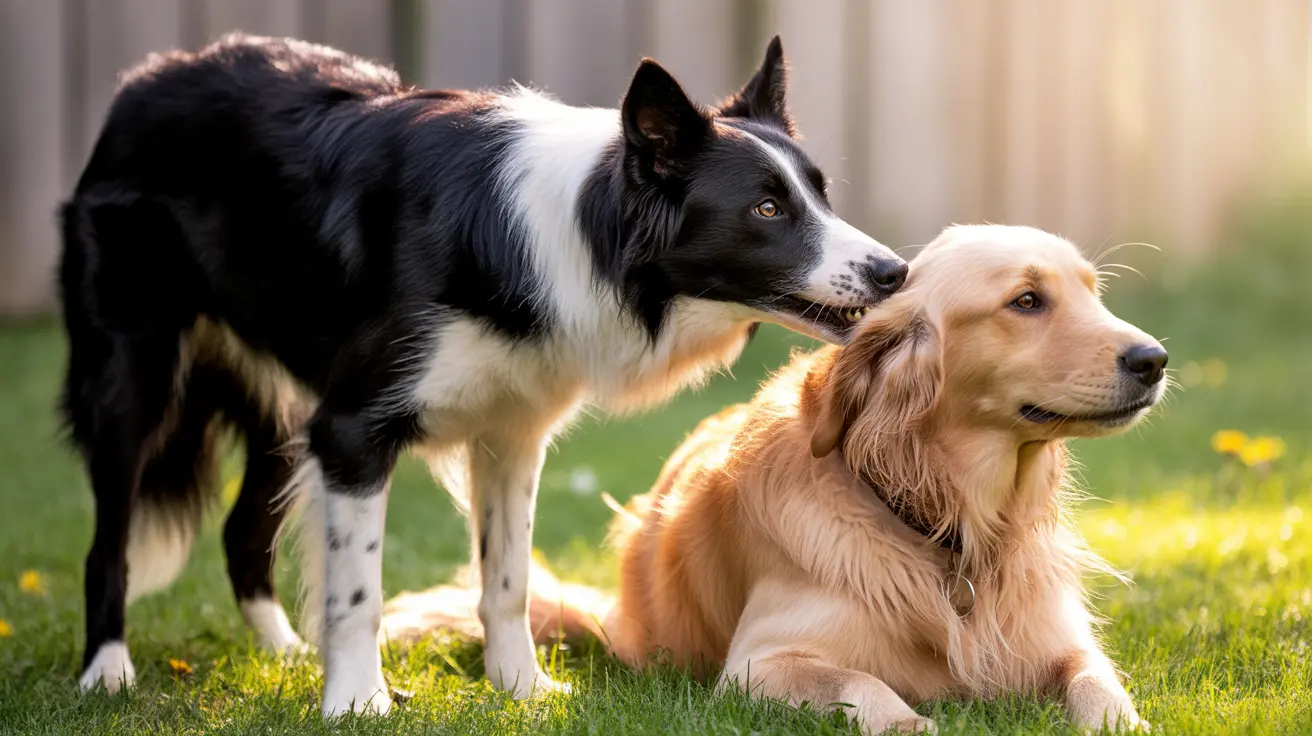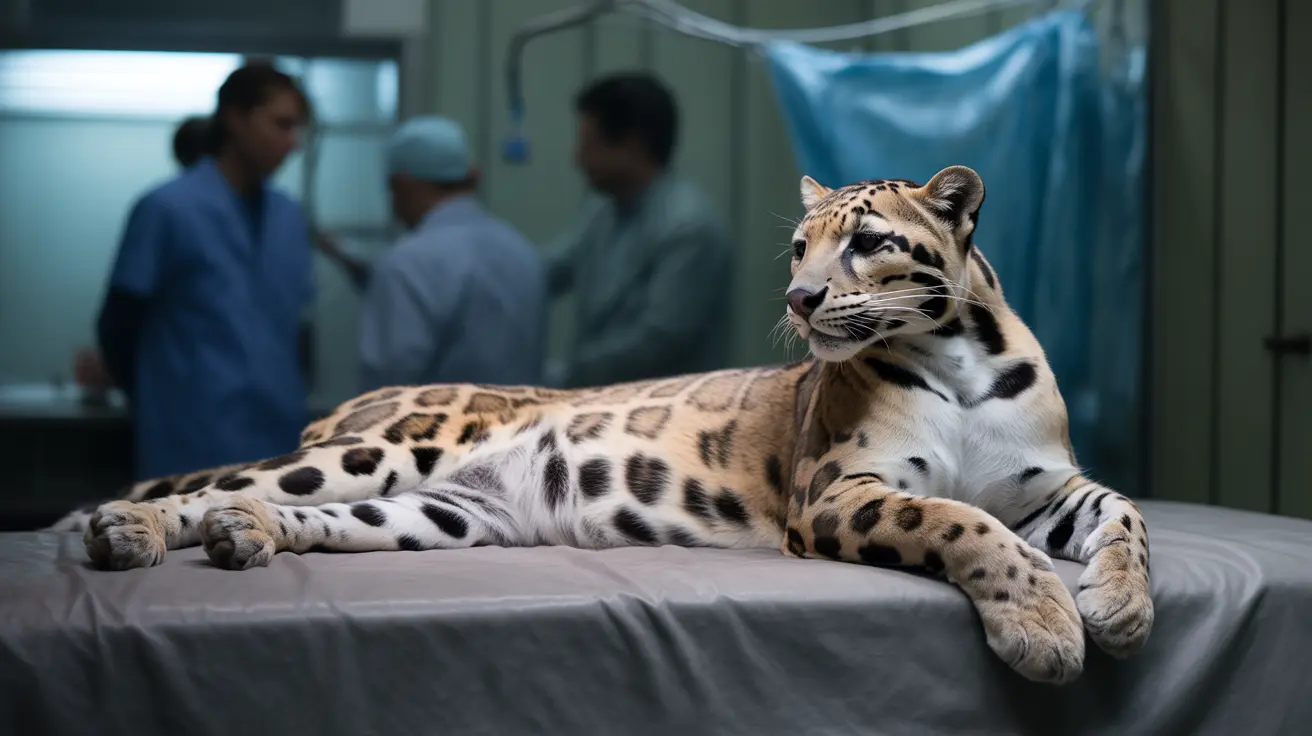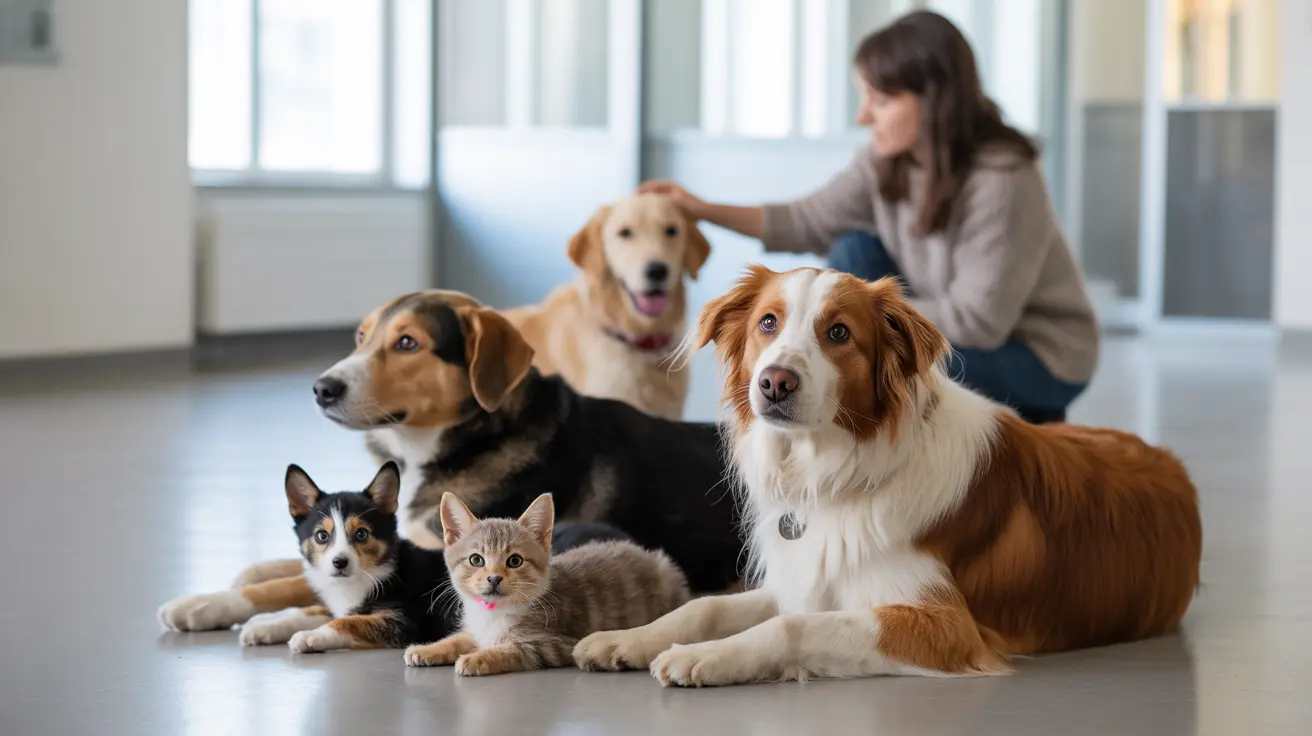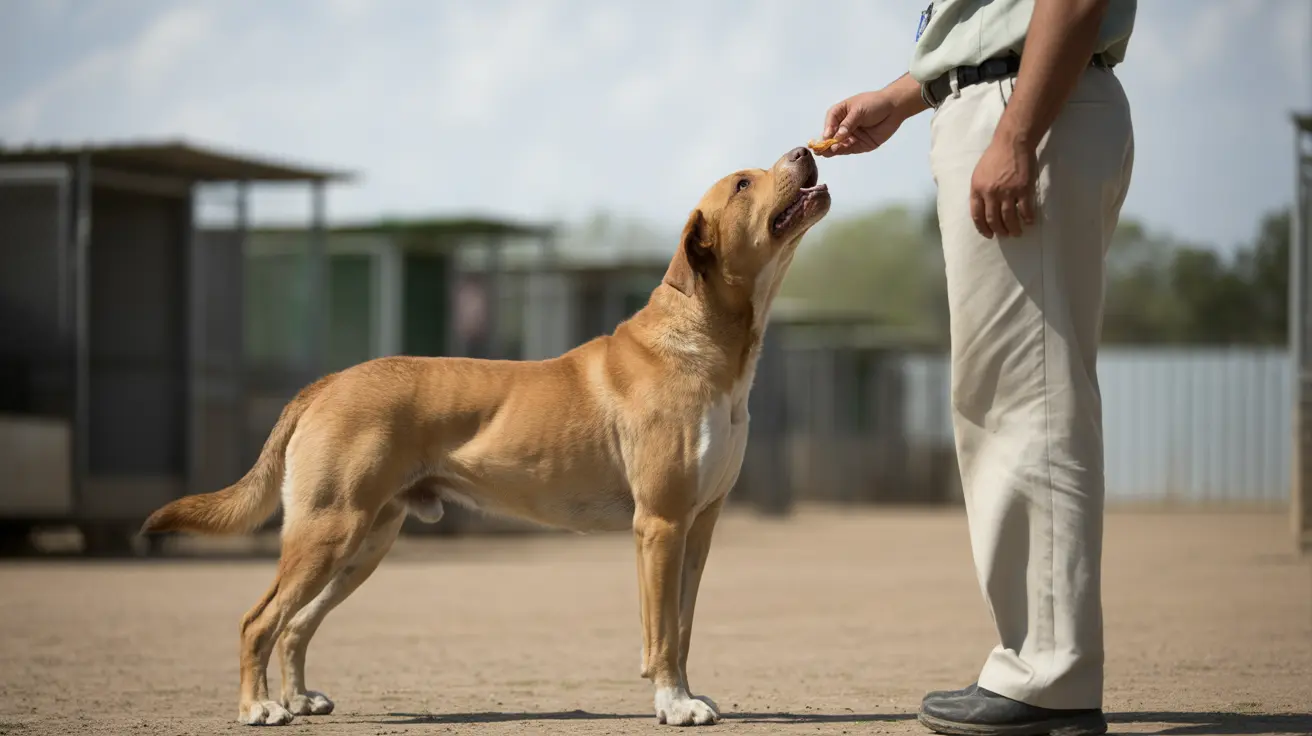If you've ever watched your dog gently nibble or "cob" on your other dog, you might wonder about the meaning behind this curious behavior. This common canine interaction, while sometimes puzzling to pet parents, actually serves several important social and instinctual purposes in the dog world.
In this comprehensive guide, we'll explore the various reasons behind dog-to-dog nibbling, help you understand when it's normal versus concerning, and provide practical advice for managing this behavior effectively.
Natural Instincts Behind Dog Nibbling Behavior
Dogs are social animals with complex communication methods, and nibbling is one of their many ways to interact with pack members. This behavior often stems from their wild ancestors' grooming and bonding practices.
Social Bonding and Affection
When dogs nibble on each other gently, it's frequently a sign of social bonding and affection. This behavior, sometimes called "cobbing," mimics the grooming patterns seen in wolf packs and helps strengthen relationships between dogs in the same household.
Herding Instincts at Play
Many breeds, particularly those with herding backgrounds like Border Collies and Australian Shepherds, may nibble as part of their inherent herding instincts. This gentle nipping behavior is how they would traditionally control and direct livestock.
Common Reasons for Dog-to-Dog Nibbling
Playful Interaction
Dogs often use nibbling as a way to initiate play or express excitement during social interactions. This behavior is typically accompanied by loose, relaxed body language and may lead to more active play sessions.
Grooming and Care
Dogs will nibble on each other as part of mutual grooming, helping to remove loose fur or reach itchy spots. This behavior strengthens social bonds while serving a practical purpose.
Stress Relief and Comfort
Some dogs use gentle nibbling as a self-soothing mechanism when feeling anxious or stressed. This behavior can provide comfort and release tension in certain situations.
When to Monitor Nibbling Behavior
Signs of Potential Issues
While most nibbling is harmless, watch for signs that might indicate problems:
- Excessive or aggressive nibbling
- One dog showing signs of discomfort or trying to escape
- Changes in normal nibbling patterns
- Accompanying signs of stress or anxiety
Health-Related Causes
Sometimes, increased nibbling can signal underlying health issues such as:
- Skin irritations or allergies
- Dental problems
- Parasites or infections
- Anxiety or behavioral concerns
Managing and Training Nibbling Behavior
If nibbling becomes excessive or problematic, consider these management strategies:
- Provide appropriate chew toys and enrichment activities
- Establish regular exercise routines
- Use positive reinforcement training
- Create quiet spaces for each dog
- Consult with a professional trainer if needed
Frequently Asked Questions
Why does my dog gently nibble or nip at my other dog without showing aggression?
This gentle nibbling is typically a form of social bonding and communication between dogs. It's similar to grooming behavior and usually indicates affection or playfulness rather than aggression.
Could my dog's nibbling behavior be related to herding instincts or breed traits?
Yes, especially in herding breeds, nibbling can be an expression of innate herding instincts. This behavior is particularly common in breeds like Border Collies, Australian Shepherds, and Cattle Dogs.
How can I tell if my puppy's nibbling on the other dog is due to teething or playfulness?
Teething puppies typically show other signs like excessive drooling, chewing on various objects, and visible teeth development. Playful nibbling is usually accompanied by loose body language and invitation to play.
When should I be concerned that nibbling between my dogs might indicate anxiety or a health issue?
Be concerned if the nibbling becomes excessive, compulsive, or is accompanied by signs of stress, aggression, or physical discomfort. Any sudden changes in nibbling behavior should be evaluated by a veterinarian.
What are effective ways to redirect or manage my dog's nibbling to prevent it from escalating?
Provide appropriate chew toys, ensure adequate exercise and mental stimulation, use positive reinforcement training, and maintain consistent boundaries. If needed, consult with a professional dog trainer for specific guidance.
Conclusion
Dog-to-dog nibbling is typically a normal and healthy behavior that helps dogs communicate, bond, and express themselves. Understanding the context and motivation behind this behavior can help you better support your dogs' relationships and ensure their interactions remain positive and beneficial for all.






